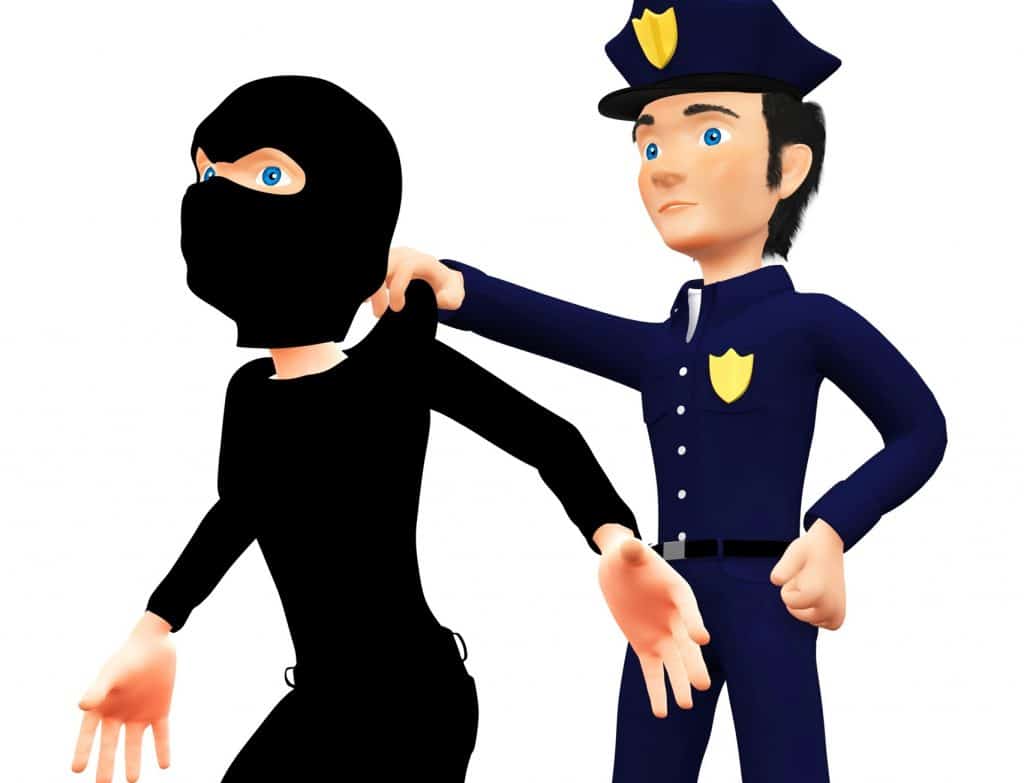
We’ve heard it before. If it’s too good to be true, it probably is. This is definitely true when it comes to coupons – especially those offering free goods. While it is possible to obtain coupons for free products, they’re not widely available. I’ve only received them through contacting a company directly about a product, promotion or rebate. However, even then, you can only get one or two at a time.
With the popularity of reality TV shows promoting “extreme couponing,” there has been an increase of fraudulent “free product” coupons. You are most likely to find them for items of high value ($5 or more), such as toilet paper, paper towels, bacon, batteries and more.
As a serious coupon clipper, it’s important to play by the rules. You can still save lots of money, buy items individually or by the case, use lots of coupons and leave the store saving 99% on your receipt, all in a single transaction.
You don’t want to get caught at the checkout for committing fraud by unintentionally using a fake coupon. Many stores are cracking down on this behavior by contacting store security and/or the police on the spot. The embarrassment and repercussions are simply not worth saving a few bucks.
How do you spot a fraudulent coupon? Manufacturers have become smarter about distributing and identifying legitimate ones. Free or high-value coupons usually have holograms, watermarks, heat-sensitive areas, serial numbers and/or some other means for retailers and customers to authenticate the coupon. If yours doesn’t have something similar, it could be a fake.
According to the Coupon Information Center, a nonprofit association of consumer-product manufacturers dedicated to fighting coupon mis-redemption and fraud, here are some ways to avoid fake coupons:
- Never pay for coupons.
- Beware of e-mails containing high-value coupons, no matter the source. (Just because Grandma forwarded you an email with a free coupon doesn’t mean it’s legitimate.)
- Avoid coupons posted to online discussion forums.
- Avoid any photocopied coupons. That’s a no-no.
- If you do print coupons at home (a very legitimate practice), check your computer screen. The coupon itself should not be visible. Legitimate coupon distribution systems “cloak” the coupons so while you can view a progress bar that says “your coupons are printing,” you won’t see the coupon itself.
- Concerned that you may have a fake? You can always check this list of current counterfeit coupons.
The Coupon Information Center has even developed Considerate Couponing Guidelines to better explain the legalities, responsibilities and etiquette of coupons for both consumers and retailers.
I love saving money at the register, but it does take a little effort and patience to do so responsibly. When people use fake coupons, all consumers get hit with increased prices by retailers and/or manufacturers to make up for their losses.
From my experience, the biggest impact on one’s budget comes from being a smart shopper in the grocery aisle and an informed shopper at checkout. As always, Living On The Cheap is a great source for legitimate manufacturer’s coupons. Companies distribute new coupons often, so check back frequently for more savings.

